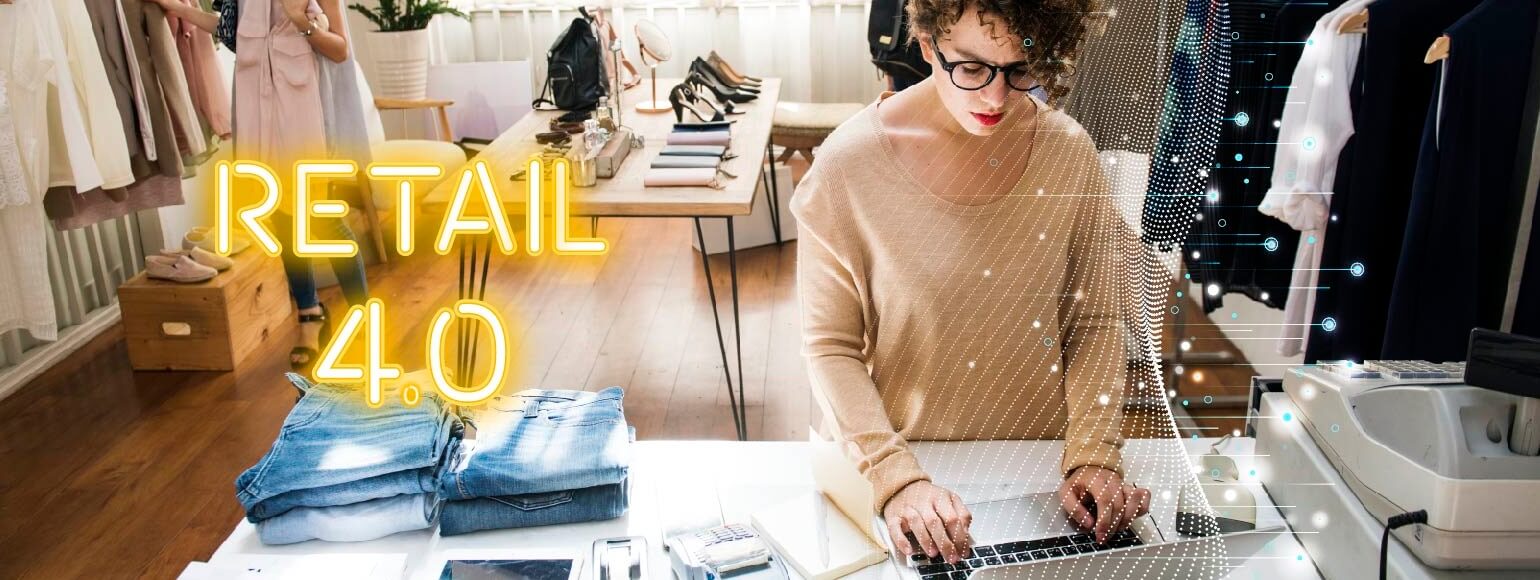The retail landscape is undergoing a revolution, and at the heart of this transformation lies the power of location analysis. Retailers have long understood the significance of “location, location, location,” but the evolution of technology and data analytics is taking this mantra to new heights. From advanced geospatial insights to augmented reality shopping experiences, this article will delve into the key trends and innovations shaping the retail industry.
The Current State of Retail Location Analysis
Before we embark on our journey into the future, let’s first understand the current state of retail location analysis. In recent years, retailers have adopted sophisticated methodologies and tools that leverage technology and data. Some of the notable trends in retail location analysis today include:
1. Geospatial Analysis
Geospatial analysis has become a cornerstone of modern retail location analysis. Retailers employ geographic information systems (GIS) and advanced mapping tools to assess factors like accessibility, traffic patterns, and local geography. These insights help them make informed decisions about store locations.
2. Customer Segmentation
Understanding the demographics and preferences of potential customers is vital. Retailers rely on customer data to identify their target audience, analyze how well a location aligns with this customer base, and tailor marketing strategies accordingly.
3. Market Potential Analysis
Market potential analysis involves examining economic indicators, population trends, and other factors to estimate a location’s revenue-generating capacity. Retailers use predictive modeling to gauge a location’s growth prospects and market potential.
4. Real-Time Data Monitoring
Real-time monitoring of store performance is now commonplace. Retailers track foot traffic, sales, and inventory levels in real time, allowing for quick decision-making and adaptability.
5. Location-Based Marketing
Mobile technology has enabled location-based marketing, where retailers send targeted offers and promotions to customers based on their proximity to a store. This strategy can drive foot traffic and increase sales.
6. Competitive Analysis
Retailers closely monitor competitors, analyzing their locations, market share, and performance. This analysis provides valuable insights into where to position a new store for the best competitive advantage.
The Future Trends Shaping Retail Location Analysis
As the retail industry continues to evolve, so does the practice of location analysis. Here are some of the key trends and innovations that are revolutionizing the field:
1. Artificial Intelligence (AI)
Artificial intelligence is set to play a pivotal role in the future of retail location analysis. AI algorithms can analyze vast datasets, identifying patterns and trends that would be difficult for humans to discern. This not only enhances the precision of location analysis but also provides deeper insights into consumer behavior and market dynamics.
AI-driven predictive models will be able to forecast foot traffic, sales, and market share with a high degree of accuracy. This will enable retailers to make informed location decisions based on data-backed predictions.
2. Enhanced Mobile Data
The proliferation of mobile devices has provided retailers with a wealth of data on consumer movements. Location data from smartphones is invaluable for understanding customer behavior. In the future, as mobile data becomes even more detailed and real-time, retailers will be able to track customer movements with greater precision.
Retailers will also use this data to gain insights into how customers move within and between stores. For example, they can track the path customers take while shopping and understand which sections of the store receive the most foot traffic.
3. Virtual Reality (VR) and Augmented Reality (AR)
Virtual reality and augmented reality are set to revolutionize the way consumers shop. These technologies will create immersive location-based shopping experiences, both in physical stores and online.
In physical stores, retailers can use augmented reality to provide customers with enhanced product information. Shoppers can use their smartphones to scan products and receive detailed specifications, reviews, and pricing information. Virtual reality, on the other hand, will allow customers to experience products in a simulated environment. For example, customers can try on clothes virtually or see how furniture would fit in their home.
Online retailers will use augmented reality to create virtual showrooms. Customers can see products in their own space using their smartphone camera, allowing for a more interactive and immersive shopping experience.
4. Sustainability Analysis
Sustainability is a growing concern for both retailers and consumers. As a result, retailers are incorporating sustainability factors into their location analysis. They are looking for eco-friendly options, such as locations with energy-efficient infrastructure and the ability to source products locally.
Retailers are also assessing the environmental impact of their operations. They are considering the carbon footprint of their stores and the sustainability of their supply chain. Location analysis will play a crucial role in identifying sustainable options for retailers to align with their sustainability goals.
5. Data Privacy and Security
As the amount of location data collected continues to increase, so do concerns about data privacy and security. Retailers must ensure that they handle sensitive location data in compliance with data privacy regulations. This involves protecting customer and business information from potential breaches and misuse.
In the future, there will be a greater emphasis on data privacy and security in retail location analysis. Retailers will need to invest in secure data management systems and adhere to stringent data protection protocols.
Success Stories in the Future of Retail Location Analysis
Several retailers have already started leveraging the technologies and trends shaping the future of location analysis. Here are some success stories:
1. IKEA
IKEA is using augmented reality to allow customers to visualize how furniture would fit in their homes. Customers can use their smartphones to place virtual IKEA furniture in their real living spaces. This has not only improved the shopping experience but also reduced the number of product returns, as customers can confidently choose items that fit their spaces.
2. Sephora
Sephora is using AI-driven predictive modeling to optimize store locations. The beauty retailer analyzes customer data, including purchasing history and demographics, to determine the best locations for new stores. This approach has led to more successful store openings and increased sales.
3. Walmart
Walmart is investing heavily in sustainability analysis for its locations. The retail giant is actively seeking out eco-friendly options for its stores, including energy-efficient lighting, solar panels, and electric vehicle charging stations. Walmart’s commitment to sustainability has not only reduced its environmental impact but also appealed to environmentally conscious customers.
The Future of Retail Location Analysis: A Summary
The future of retail is inextricably linked to the location analysis revolution. Artificial intelligence, enhanced mobile data, virtual and augmented reality, sustainability analysis, and data privacy and security are the key trends shaping the field.
Retailers that embrace these innovations and methodologies are poised to thrive in a dynamic and ever-changing market. While “location, location, location” remains critical, it’s the data-driven strategies and technologies that will truly set the stage for retail success in the 21st century. As the retail landscape continues to evolve, those who adapt and innovate will lead the way into the future.





